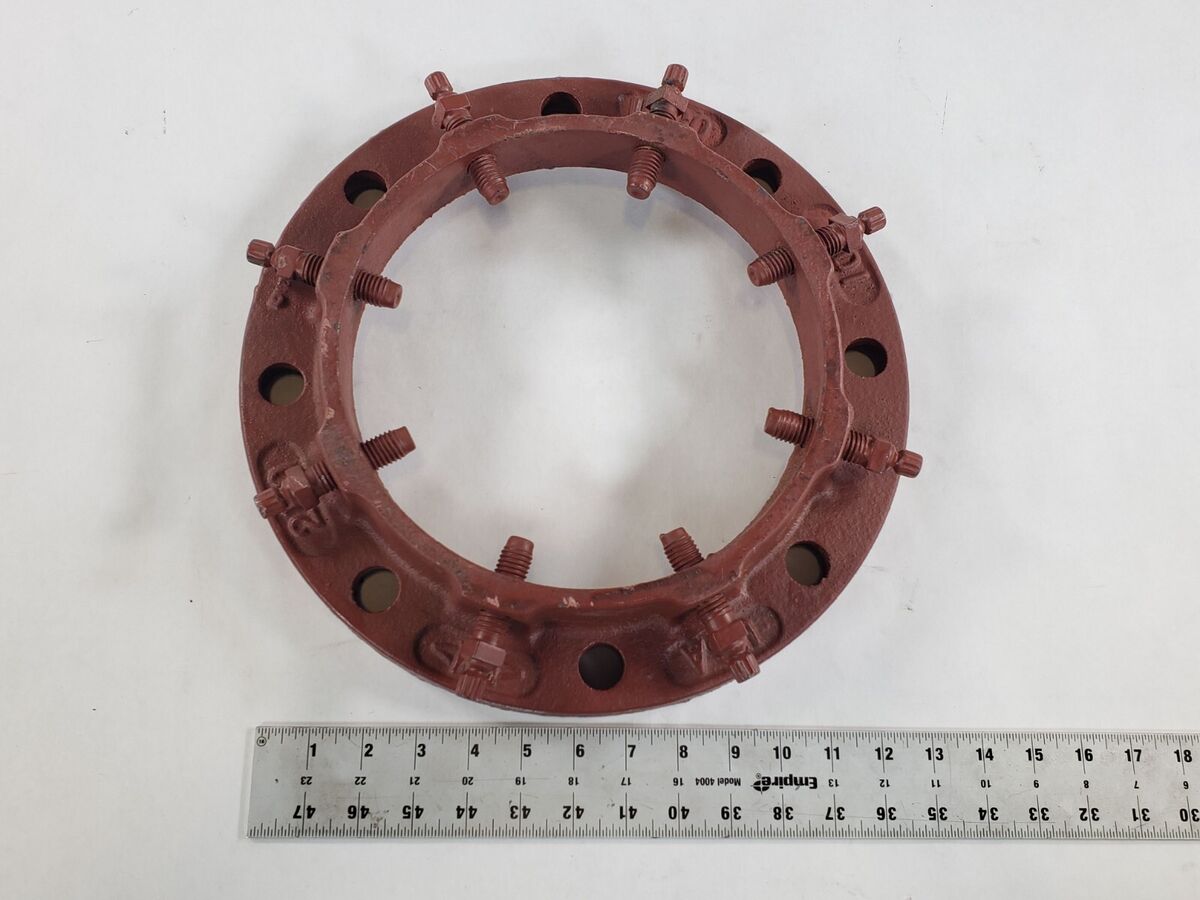In the vast landscape of engineering, mechanical joints emerge as the unsung heroes, quietly ensuring the seamless functionality of structures, machinery, and devices across various industries. This article embarks on a journey through the diverse realms where mechanical joints play a pivotal role, showcasing their applications and highlighting the indispensable nature of these connections.
1. Mechanical Joints in Structural Engineering
A. Bridges and Buildings
Discuss how mechanical joints are integral to the construction of bridges and buildings. Explore the use of welded, bolted, and riveted joints in creating sturdy connections that withstand the forces imposed by static and dynamic loads.
B. Load-Bearing Structures
Examine the application of mechanical joints in load-bearing structures, emphasizing their role in distributing forces and ensuring the overall stability and safety of architectural designs.
2. Mechanical Joints in Machinery and Manufacturing
A. Manufacturing Equipment
Explore how mechanical joints are extensively utilized in manufacturing equipment. Discuss the role of bolted joints in assembling components of machinery, allowing for ease of maintenance and repairs.
B. Robotics and Automation
Delve into the applications of mechanical joints in robotics and automation systems. Discuss the use of hinged, ball and socket, and universal joints in enabling precise and controlled movements in robotic arms and automated machinery.
3. Automotive Applications
A. Vehicle Chassis and Suspension Systems
Examine the critical role of mechanical joints in automotive engineering. Discuss how hinged joints, ball joints, and threaded connections are employed in constructing vehicle chassis and suspension systems, ensuring durability and responsive handling.
B. Power Transmission
Explore the use of universal joints and other mechanical connections in power transmission systems within vehicles. Discuss how these joints facilitate the transfer of torque between different components.
4. Aerospace Engineering
A. Aircraft Structures
Highlight the applications of mechanical joints in aerospace engineering. Discuss how riveted and bolted joints are used in assembling aircraft structures, with a focus on their lightweight and high-strength characteristics.
B. Control Surfaces and Mechanisms
Examine the use of mechanical joints in aircraft control surfaces and mechanisms. Discuss the role of hinged joints in enabling controlled movements of ailerons, elevators, and rudders.
5. Industrial Machinery and Conveyors
A. Conveyor Systems
Discuss the role of mechanical joints in conveyor systems used in various industries. Explore how bolted joints and other connections contribute to the smooth and efficient movement of materials.
B. Heavy Machinery
Examine the applications of mechanical joints in heavy machinery used in construction, mining, and other industries. Discuss the use of robust joints to withstand extreme conditions and heavy loads.
Conclusion: The Invisible Link in Engineering Excellence
Summarize the article by emphasizing the ubiquity of mechanical joints in diverse industries. Highlight how these connections, often unnoticed, form the backbone of engineering excellence, ensuring the functionality, safety, and efficiency of structures and systems.

